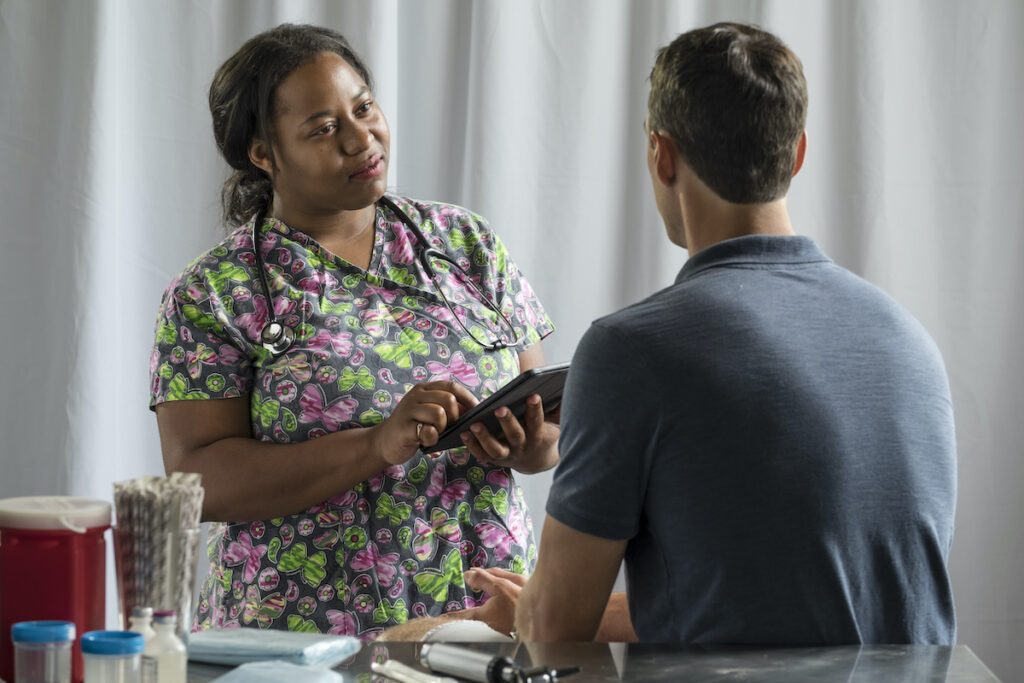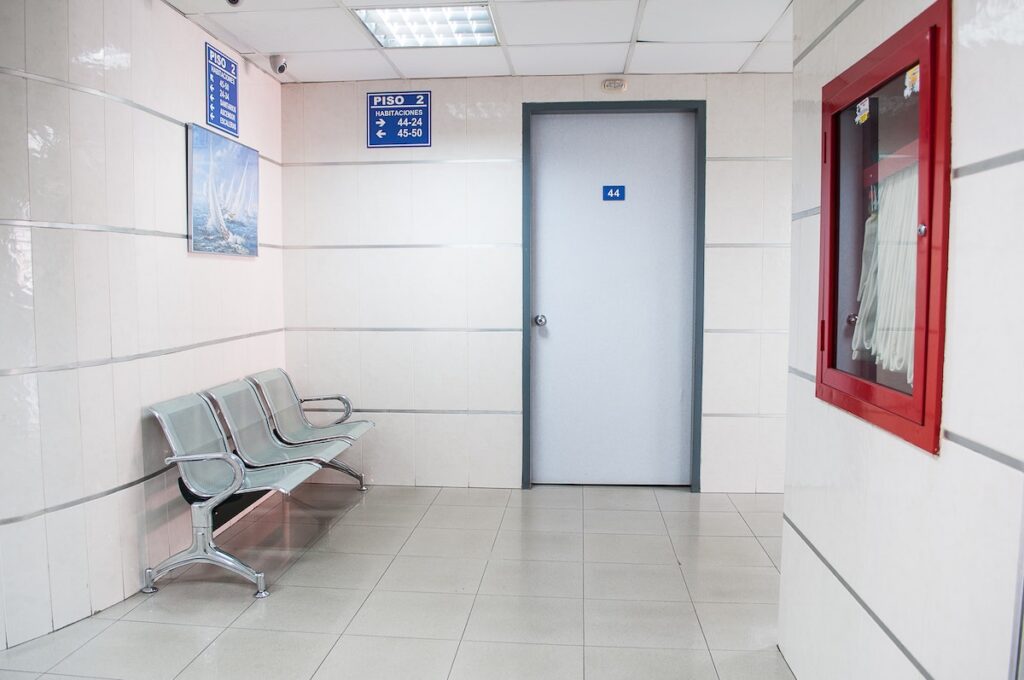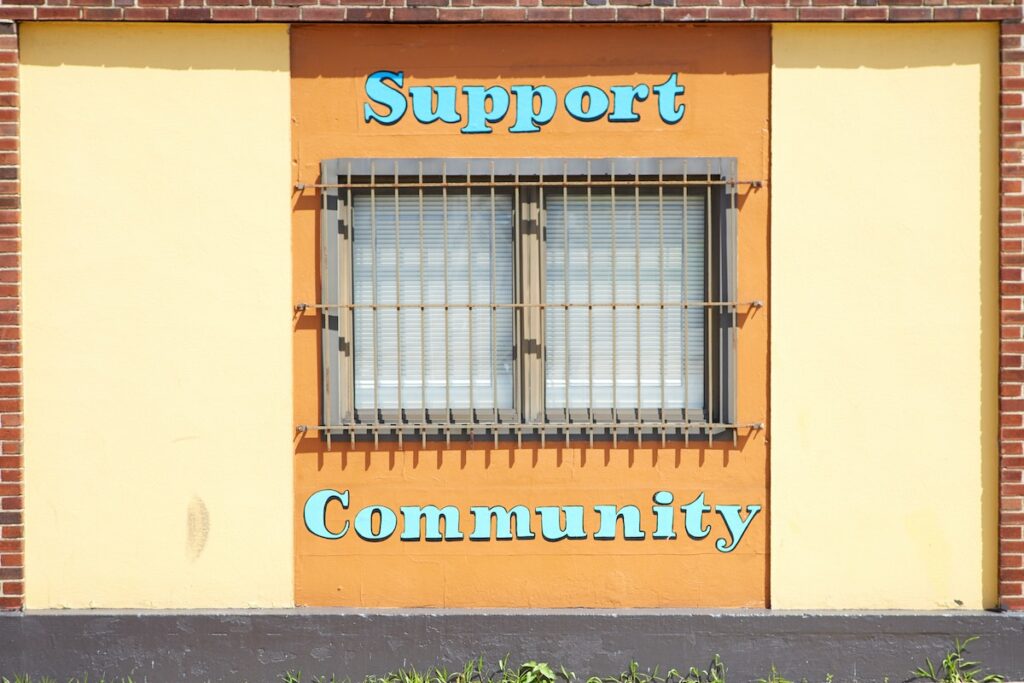
Self-harm is on the increase. It is estimated that 5% of all hospital attendances at Accident and Emergency (A&E) are related to a mental health concern. In fact, an increase of 4% during 2000-2014 on self-harm cases has been noticed (Wetherall, 2019) and according to NHS Digital (2019) 250,000 attendances to A&E in 2018/19 were related to a primary mental health diagnosis. People presenting to the A&E with self-harm have 49 times greater risk of suicide than the general population (Hawton et al, 2015). As a result, NICE guidance for self-harm dictates that all people presenting after an episode of self-harm should receive a full psychosocial assessment (NICE, 2013).
Historically, people coming to A&E were seen by crisis teams who’s priority were those at risk alone at home, this resulted in long waits for those deemed to be in a safe place in A&E. Over recent years we have seen a massive expansion in psychiatric liaison services, dedicated on-site teams delivering a 24/7 response to the emergency department and wider hospital, the target set for all acute hospitals with an emergency department by Implementing the Five Year Forward View (2016) and the Longer Term Plan (2019) respectively is 50% by 2020/21 and 70% by 2023.
An important component of psychiatric liaison teams is to review those who present in distress having self-harmed. My experience of these teams is that we have commonly viewed the up-skilling of nurses to deliver this important work as both safe and effective. Nurses can often engage with patients on a different level, using common language, fostering empathy by using a pragmatic approach.
Sadly, A&E remains the ‘go to’ venue for mental health crisis, due to the lack of alternative places to go (e.g. crisis cafés). Feedback from patients about the quality of mental health care provided in A&E is often notoriously poor, with limited communication and a perceived lack of knowledge from staff around self-harm being cited as common place (Taylor et al, 2009). Thus, we need to ensure that any intervention we deliver is worthwhile. It is widely believed that a psychosocial assessment following self-harm is a protective factor. In a world where nurses are delivering assessments and plugging the medical gap, is there any difference in the effectiveness of the intervention? This recent research by Pitman et al. (2020) looked at the short-term risk of self-harm repetition after receiving psychosocial assessment by a psychiatrist or a nurse; hypothesising that training differences influence outcomes.

While self-harm is on the rise since 2000, there is a necessity to think of effective psychosocial assessments that could act as a protective factor against self-harm repetition.
Methods
This is a UK longitudinal study using data from one hospital in Oxford. Data was analysed for people presenting with a first self-harm episode between 2000 and 2014. A re-attendance was counted if it fell within 12 months of the initial assessment up to 2015. An important factor was that nurses mainly assessed people during the day, while psychiatrists during the night (off-hours). In my experience, this is likely to be related to the service being 9-5 and out of hours being covered by on-call doctors.
Using a logistic regression model, the probability of repeated self-harm was estimated based on the following:
- Patients who received a psychosocial assessment compared to those whom did not
- Patients assessed by a psychiatrist and by a psychiatric nurse
- Ongoing referrals for aftercare, to establish any differences
- Nurses were hypothesised to be more likely referring individuals to community care for a follow-up
- Outcomes for first presentation, in an attempt to measure the effect of a single psychosocial assessment
Adjustments were made for self-harm method, age, year and time of presentation.
Results
A large sample size of 12,652 individuals whom accounted for 24,450 individual presentations. The findings are presented using odds ratios (OR) and 95% confidence intervals (CI):
- A psychosocial assessment was completed in 71% of cases. Of those, 54% were conducted by a psychiatric nurse and 45% by a psychiatrist.
- A reduced probability of repeated self-harm was suggested in those receiving a psychosocial assessment compared to those who did not, based on re-attendance within the 12-month timeframe. So, those receiving a psychosocial assessment on initial presentation were around 30% less likely to represent within 12 months in the adjusted results.
- There was no difference in terms of outcome for those assessed by a nurse or psychiatrist.
- Adding aftercare to the adjusted model provided very similar results.
- In comparison to psychiatric nurses, psychiatrists were more likely to refer individuals for inpatient treatment, while the former more often provided referrals for community follow-up. A possible explanation to that finding is the knowledge on behalf of nurses of available community services.
After adjusting the data to explore the impact of an individual psychosocial assessment at first presentations, the researchers indicated no significant differences in the outcomes of those who had received an assessment compared to those who had not.

Psychosocial assessment following self-harm reduces re-attendance by 30% within a 12-month timeframe.
Conclusions
The professional background and clinical training of the specialist mental health professional does not affect outcomes in terms of re-attendance within 12 months of a self-harm episode.
Short term risk of repeat self-harm after psychosocial assessment for self-harm may not differ by the assessor’s professional background (P4, ref 1)
Psychosocial assessment is indeed helpful and reduces the likelihood of re-attendance by around a third, but for people at first presentations the impact is not clearly demonstrated in this study.

Psychosocial assessments conducted by liaison nurses have similar outcomes to those conducted by liaison psychiatrists.
Strengths and limitations
I am in awe of the Oxford Monitoring Services data collection which was accessible to the researchers of this study, due to the high completion rate among datasets and the data provision on self-harm attendances since 1976. The level of access and the well-recorded, rich dataset enabled this group of skilled researchers to conduct a very important piece of research. The rigorous study design undertaken by the team over the 14-year study period is commendable.
The Junior Psychiatrists who conducted assessments within this study saw people mainly out of hours. In my experience, people attending at night are often likely to be intoxicated/ experiencing a sudden onset crisis and might be less willing/ able to engage deeply with an assessment. Furthermore, this may have impacted the increased referrals from junior psychiatrists in the study to inpatient care, which may not be associated with their awareness of community provision, but being simply a decision there and then. Working in a team allows clinical discussion, which provides a positive opportunity for reflection all team members, regardless of grade or professional background, this can be utilised as an opportunity to clarify decision making.
Finally, as highlighted from the authors themselves, it would be difficult to replicate the findings of this study mainly because it is highly unlikely that other organisations will have access to such rich data, but also because Oxford is a relatively affluent area. In 2015, during the time that this study was concluded, Oxford was 166th in the country in terms of deprivation with no areas in the bottom 10% in terms of poverty (Oxford City Council, 2020) and a student population that itself is relatively affluent.

Clinical discussion is necessary for safe decision-making and reflection among clinicians and practitioners.
Implications
Clinical importance
- Although the results require replication to ensure the validity of the findings, this study confirms that psychosocial assessment following self-harm is important in reducing re-attendance in hospitals.
- We have gained reassuring confirmation from this study that regardless of professional background, psychosocial assessment is a protective factor and reduces re-attendance.
- Whilst this study did not clearly demonstrate this for those presenting with a first episode of self-harm, the opportunity to offer psychosocial assessment is valuable. Those with follow-up clinics for self-harm (often set-up for first episode self-harm only) may see the benefit to make them accessible for all presentations following self-harm. Clinics can be perceived as an opportunity for a review of psychosocial assessment, which will lead to a stronger effect in terms of the assessment dose.
Research directions
- In this study, nurses mainly saw people during office hours (9am-5pm), psychiatrists saw people mainly out of hours (5pm-9am), and this might have had an impact on results. Replication is therefore highly recommended, taking into account new 24/7 liaison teams.
- It would also be interesting to explore demographically diverse areas and assess if the effect of psychosocial assessment is maintained.
- There is no clear definition of what is included in a psychosocial assessment, and further work is required around this.

Psychosocial assessment is an important protective factor against re-attendance regardless of the professional background of the assessor.
Statement of interests
No conflicts.
Links
Primary paper
Pitman, A., Tsiachristas, A., Casey, D., Geulayov, G., Brand, F., Bale, E., Hawton., 2020. Comparing short-term risk of repeat self-harm after psychosocial assessment of patients who self-harm by psychiatrists or psychiatric nurses in a general hospital: cohort study. Journal of Affective Disorders.
Other References
Hawton K, Bergen H, Cooper J, et al. Suicide following self-harm: findings from the Multicentre Study of self-harm in England, 2000-2012. J Affect Disord2015;175:147-51. doi:10.1016/j.jad.2014.12.062
National Institute for Health and Care Excellence (NICE). Self-harm in over 8’s: long-term management. Clinical guideline QS34 (CG133). 2013. Accessed 14/05/2020
NHS DIGITAL (2019), Mental Health Attendances. Accessed 14/05/2020
NHS England (2016). Implementing the Five Year Forward View. London: NHS England. Page 22. Accessed 14/05/2020
NHS England (2019). The longer term plan. London: NHS England. Page 30. Accessed 14/05/2020.
Taylor et al. The British Journal of Psychiatry Jan 2009, 194 (2) 104-110 Accesses 14/05/2020. http://bjp.rcpsych.org/content/194/2/104
Wetherall, K., 2019, Using data to inform suicide and self-harm prevention #SelfHarmData, The Mental Elf, 25th Feb 2019. Accessed 14/05/2020.
Oxford City Council (2019). Poverty and deprivation across Oxford have reduced but the city remains starkly unequal. Accessed 14/05/2020.
Photo credits
- Photo by Kelly Sikkema on Unsplash
- Photo by Martha Dominguez de Gouveia on Unsplash
- Photo by JESHOOTS.COM on Unsplash
- Photo by Mathew Schwartz on Unsplash
